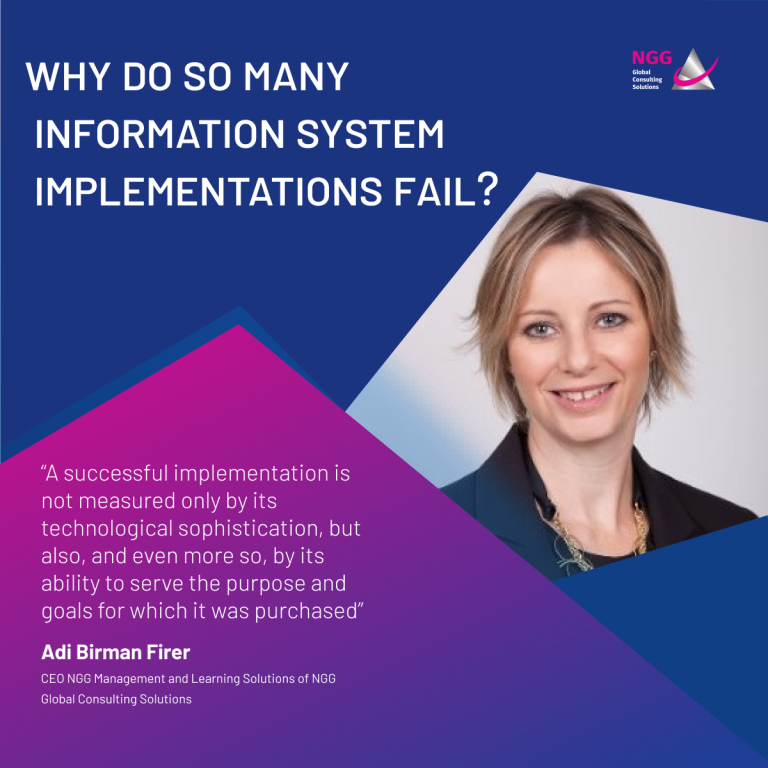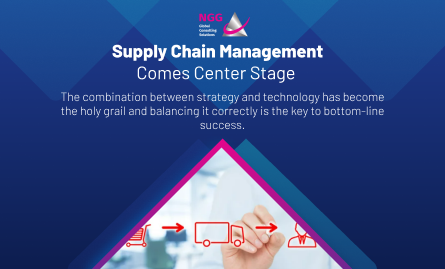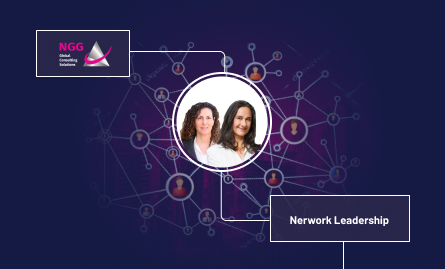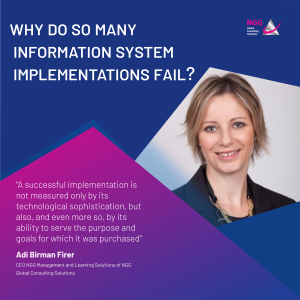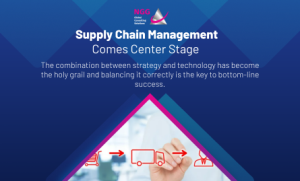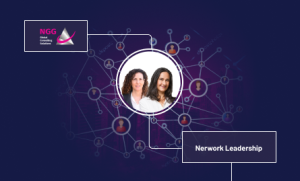
Diversity is no longer a luxury, but a real need. Nili Goldfein, NGG CEO Global Learning Solutions, believes that when recruiting new people to the organization, we have to go for maximum diversity, and leave behind the old school fashion of white-man-breadwinner-from-a-western-country-with-an-academic-degree
Among the upheavals taking place in the world in the political-economic sphere is the unmistakable intensification of competition between organizations in a crowded global marketplace. The costs of products and services, arising from the prices of manpower and raw materials, are more or less comparable. Everyone invents in the West, manufactures in the East, and markets via technological platforms worldwide.
The factors that determine success and failure are creativity and time to market. Both are people-dependent parameters. Innovation and creativity are the outcome of a country’s macroeconomic culture (education, culture and socialization). Time to market depends, to a large extent, on the quantity and quality of the people that the organization has dedicated to development and production.
All the recent conferences dealing with talent say the same thing: the talent “pool” of “white men” is getting depleted, primarily due to fertility trends and the interests of young males. The world recommends that we stop looking for the prototype of this “white-man-breadwinner-from-a-western-country-with-an-academic-degree-in-a-specific-field”, and start looking for other things.
Diversity: What are “other things”?
Women, people of color, Asians, minorities, people who have chosen to study fields of knowledge (rather than professions), younger, older, the disabled and so on. Not because it is “politically correct”, but because it is necessary.
Many studies indicate that increased diversity on boards of directors, managements, think tanks, and any other group dealing with a complex task increases the chances of profit, success, creativity and breakthrough thinking. Many good organizations (Intel, Cisco, Microsoft, MSD/Merck,Google and others) invest money, time and thought in identifying, recruiting and nurturing these groups. Not for the sake of altruism. To improve business results.
Inclusion
The leaders of the organizations can understand the challenge and set policy, budget it, and, in principle, move it forward. But in everyday life, the one who determines the organization’s inclusivity is actually the junior manager, who like the rest of us (yes … the rest of us) is a racist, big or small.
Recently, I was exposed to a startup named Joonko that has developed software to identify discrimination in the workplace. The software helps HR teams detect racial biases that lead to discrimination in the workplace, and encourages rational policies to get the most out of the employee.
Developing a formula that would help policymakers navigate the diversity ship more accurately (and in particular the willingness of organizations to buy and use it) may save us from ourselves and help neutralize invisible destructive forces, and build a better, more balanced world, and most importantly a more profitable one!
